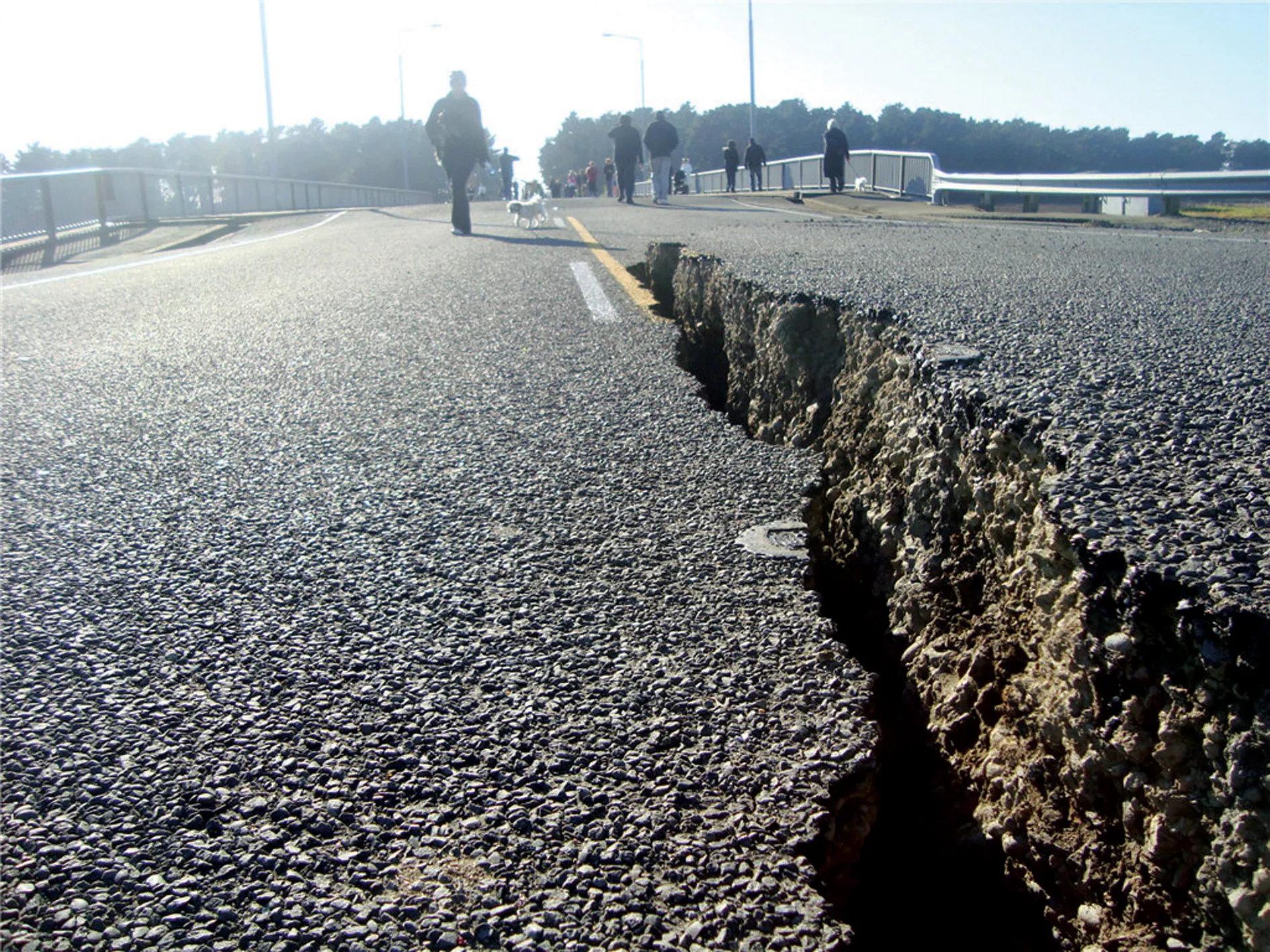Hitachi Construction Machinery (HCM) says it is likely to return to full production capacity this week for the first time since the devastating Japanese earthquake and tsunami.
February 29, 2012
Read time: 2 mins
Five plants, all based in Ibaraki prefecture, were affected by the natural disaster, which struck on 11 March. With facilities and parts supply disrupted, output fell to just 60% of capacity at the lowest point.
The pace of recovery for HCM, has been much faster than first thought, and the manufacturer will be able to meet the increased demand for construction equipment resulting from the disaster.
Prime Minister Naoto Kan says Japan will need multiple spending programmes to repair the damage to the country, and the government estimates this could cost as much as 25 trillion yen (US$306 billion).
And HCM president Michijiro Kikawa HCM says his company is determined to play its role in the restoration.
“We still face uncertainties about procurement of some parts, but things are far better than first thought,” he said.
HCM says that reaching the pre-quake level of 100% capacity will enable it to supply the rapidly expanding Asian markets, particularly China, where its production capacity for excavators (including mini excavators) is expected to grow to 30,000 by the end of March, 2013.
Mr Kikawa says this number could be doubled in the latter half of this decade, with expansion in Asia facilitated by a 52.6 billion yen (US$652 million) investment in facilities this year.








